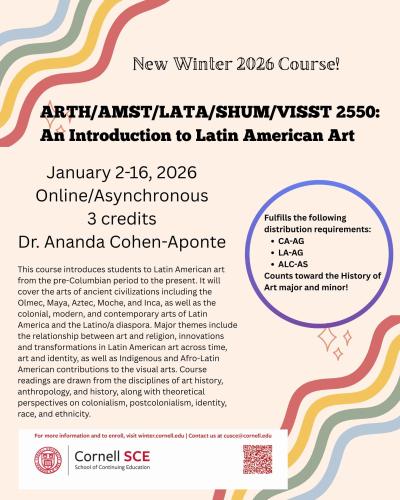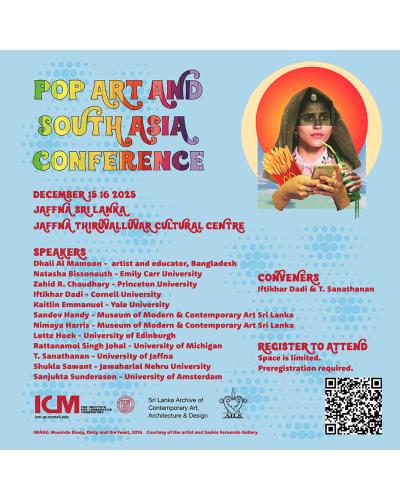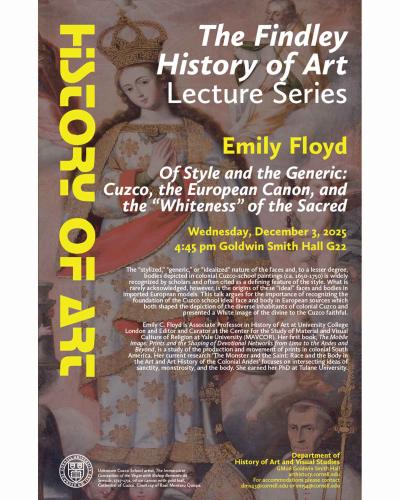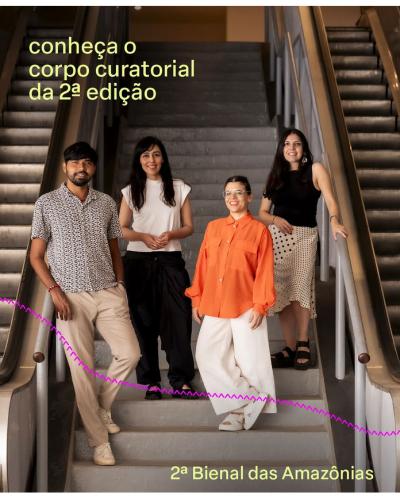For years, art historian Ana Howie had been intrigued by Anthony van Dyck’s striking 1632 portrait of Italian noblewoman Elena Grimaldi Cattaneo – and was not satisfied with scholarly understandings of the work.
“It is an incredibly powerful painting to see in real life as it is over life-size, and I felt there was so much more to say about its composition, messaging, and links to the histories of Genoa and the Atlantic World,” Howie said. “Moreover, the portrait perfectly encapsulates the threads that my research weaves together.”
Howie, assistant professor of Renaissance, Baroque and early modern art in the Department of History of Art and Visual Studies, used her expertise in cultures of dressing, European imperialism and artistic networks to uncover a story tying Genoa’s elite families to globalized material trade – and Atlantic and Mediterranean slavery.
“Materializing the Global: Textiles, Color, and Race in a Genoese Portrait by Anthony van Dyck” published in Renaissance Quarterly July 25.
“Works like ‘The Portrait of Elena Grimaldi Cattaneo’ and the goods they portray cannot be divorced from the human implications of early modern material culture,” Howie said.
The College of Arts and Sciences spoke with Howie about her research.
Question: What highlights would you point out about “Portrait of Elena Grimaldi Cattaneo” to a first-time viewer?
Answer: I think the most striking thing about the painting is the quite prominent presence of a Black servant. There are a small number of earlier examples of feminine portraiture that depict Black servants from Italy, Portugal, and England, but I believe that this painting marks the starting point for a pictorial trend that truly takes off in the second half of the 17th century.
This also coincides with the rise of the Spanish, British, Dutch and French Empires, and arguably plays a significant role in the solidification of racial ideologies at the time. However, in this painting, ideas about race are still rather inchoate. The portrait thus captures a fascinating in-between moment in the history of race-making.
Q: Would you share some important points about what Elena and the Black servant are wearing? What larger story does this painting tell?
In this painting clothing is not merely adorning the bodies of the figures but is actually key to understanding who they are and the textures of the world they lived in. Starting with Elena’s dress, she is wearing fashions in the Spanish style, which signal Genoa’s political and economic ties to the Spanish Crown. Beyond this, she wears a deep, inky black hue, which held many symbolic and aesthetic valences in early modern Europe.
Some of the most important messaging comes via the dyes used. Deep and fast blacks were incredibly difficult to achieve in Europe before the importation of logwood dyes from the Americas. The richness of the hue that we see indicates Elena’s access and ability to afford high-quality American goods. Similarly, the crimson parasol above her would likely have been dyed with cochineal, another valuable and costly dyestuff from the Americas. Thus, through Elena’s clothing and accessories, the portrait highlights the social, economic, and cultural value of luxury global goods to the Genoese elite.
While Elena is associated with black and red and the costly dyes used to achieve those hues, the Black servant wears a yellow, loosely Eastern-style tunic. Yellows were achieved with less costly dyes and may have been particularly associated with Moorish communities in Iberia, as well as with marginalised communities across Europe.
One potential reading of this outfit suggests that the style and colour of the servant’s garb functions to distance him – geographically and temporally – from Elena. He represents an amalgam of othered identities, while also functioning pictorially as a marker of status and global reach for Elena and the Cattaneo family more broadly.
Q: Why do you think the figure of the Black servant has been overlooked by previous scholarship? In this article, how do you seek to rectify this?
Art historians have often dismissed the figure of the Black servant, citing his pointy ears and generalised features as evidence of his invention on the part of the artist. Yet this approach ignores the ramifications of his appearance in the portrait at all. He is an incredibly ambiguous figure, which, as I argue in the article, may have simultaneous conjured ideas of Ottoman eunuchs, West African merchants, as well as enslaved people.
As such, the figure resonates with manifold, and at times contradicting connotations. He is informed by the wider political and cultural milieu in which he was painted and references the real and diverse encounters Genoa’s merchant-nobles had with dark-skinned Africans in both the Atlantic and Mediterranean worlds.





